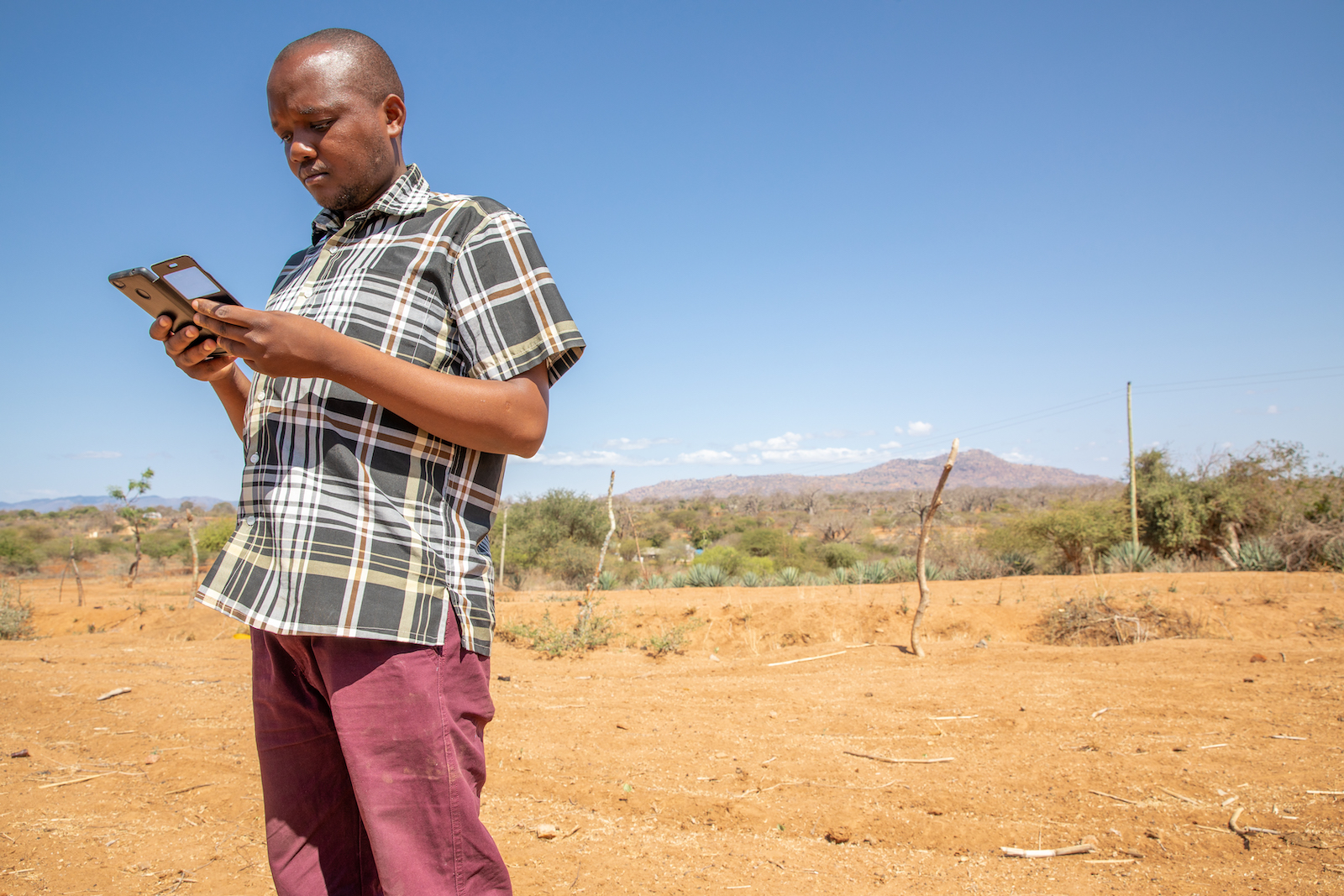ImpactAlpha, November 10 – The climate crisis has exposed the gaping inequities and active exclusion in our global financial system. Of those facing the most acute fallout of these disasters, none are feeling it more than the 1.4 billion people without a bank account.
Increasingly extreme weather events are disrupting lives and livelihoods and undermining economic development. The World Bank estimates climate change could push an additional 132 million people into poverty by 2030, with low-income countries bearing an estimated 75-80% of its costs. Yet the people bearing the costs do not have access to the necessary tools – such as savings or insurance – to weather such hardships.
There is a better way, and it’s through Web3.
Web3, as the third iteration of the internet is known, is built on the idea that the web should be decentralized, with power resting in the hands of its users rather than concentrated with a handful of third parties or corporations. By empowering local actors to guide decision making, Web3 technologies can drastically improve the global coordination needed to tackle the climate crisis.
As world leaders meet in Sharm El Sheikh, Egypt for COP27, climate adaptation and finance are at the top of the agenda. At this pivotal moment, private companies and governments have an opportunity to put Web3 and blockchain technologies to use as inclusive tools and to increase investment in the startups implementing these solutions for more resilience in the face of climate change.
Mercy Corps Ventures, our impact venture fund, has been investing in and testing Web3 solutions since 2018. The open-source, decentralized nature of public blockchains enables software developers, fintech startups and other innovators to create applications tailored to the specific needs of unbanked and climate-vulnerable populations without requiring permission from dominant technology giants or incumbent financial institutions.
Over the past few years, we have seen a surge of promising solutions at the intersection of climate and Web3 – from blockchain-enabled supply chain traceability (Topl), to monitoring, reporting, and verification of carbon removal for forestation projects (Open Forest Protocol). Ventures such as Toucan, Regen Network, Nori, and Flowcarbon are tokenizing carbon credits and developing tools to bring voluntary carbon markets on-chain. Even the World Bank and IMF are creating a blockchain-based system to track and manage carbon credits.
Through a pilot with ACRE Africa, we were able to prove that Web3 can also optimize existing products such as weather-index insurance to enable greater inclusivity and effectiveness for its users. Using real-time meteorological data with mobile payment capability, the pilot not only reduced payout times by 97%, from an industry average of 25 days to mere minutes, but it also enabled an increase in the coverage amount by 27% for smallholders compared to the previous season.
Scalable Solutions
These types of solutions enable greater resilience to weather shocks; they are lifesaving; and they are scalable.
The Institute for Economics & Peace predicts that 1.2 billion people globally could be displaced by 2050 due to climate change and extreme weather events. In these times of crisis, having access to personal identification information and financial services can mean the difference between life and death.
Despite not having a bank account, more than 1.1 billion financially excluded adults own a mobile phone. Web3-enabled mobile wallets– when designed to empower users– offer safe, trustworthy storage for critical pieces of data like digital identities. Mobile payments cut out layers of intermediaries and dramatically reduce the cost of sending money so refugees can safely retrieve humanitarian cash transfers and access, transact, and save money regardless of where they live.
Challenging contexts drive innovation. Entrepreneurs across emerging and developed economies are creating technologies and tools that hold not only real solutions to the climate crisis, but also real commercial opportunities for those willing to invest and scale solutions. A report by the IFC estimates that climate investment opportunities in emerging markets will total $23 trillion by 2030.
Despite the immense potential, private capital has been slow to recognize this opportunity and the pathways to effectively deploy capital toward it. In 2020, sub-Saharan Africa received only 3% of global capital for climate investments, Latin America received 5.5%, and South Asia received 5%. There remains a $2.5 trillion gap in financing for climate resilience solutions to achieve the UN’s Sustainable Development Goals.
Promising Web3 technologies can enable coordinated innovation to emerge from all corners of the world. Our collective failure to adapt with and invest in these new technologies has already proved devastating to global economies and our planet. It’s time we took definitive actions to move toward prosperity for all of us, not just some of us. We must leave COP27 ready to deploy capital, at pace, to democratize access to financial systems if we have any chance of combatting the climate crisis.
Scott Onder is chief investment officer at Mercy Corps











